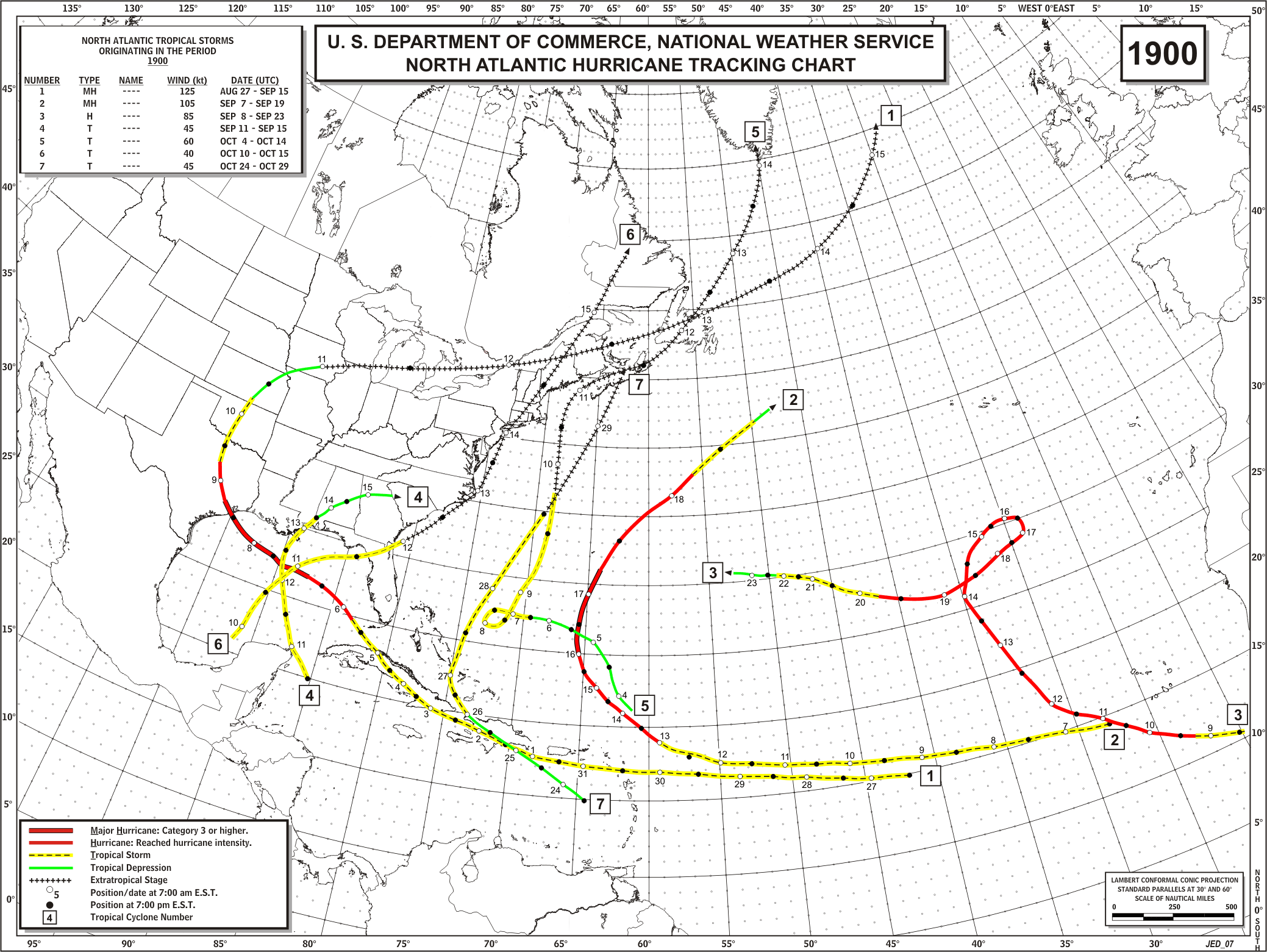

The inevitable bursting of the real estate bubble had begun. Speculators intent on flipping properties at huge profits began to have a difficult time finding new buyers. Forbes magazine warned that Florida land prices were based solely upon the expectation of finding a customer, not upon any reality of land value.(?) New York bankers and the IRS both began to scrutinize the Florida real estate boom as a giant sham operation. Fisher of Miami Beach, famous for purchasing a huge lighted billboard in New York’s Times Square proclaiming “It’s June In Miami”, property prices rose rapidly on speculation and a land and development boom ensued.īy January 1925, investors were beginning to read negative press about Florida investments. Due in part to the publicity talents of audacious developers like Carl G. Miami had an image as a tropical paradise and outside investors across the United States began taking an interest in Miami real estate. Economic prosperity in the early 1920s had set the conditions for a real estate bubble in Florida. And large parts of that money went into developing South Florida. There was more money outstanding in loans ($8.5 billion) than there were dollars in actual circulation. The 1920s was a time of excessive speculation in stocks and real estate and many Americans were borrowing money to buy more stocks and real estate.
#1926 miami hurricane track full#
In 1926 the first wave of settlers to booming South Florida was still in full swing. The 1926 Miami Hurricane Put and End to Florida's First Boom


 0 kommentar(er)
0 kommentar(er)
